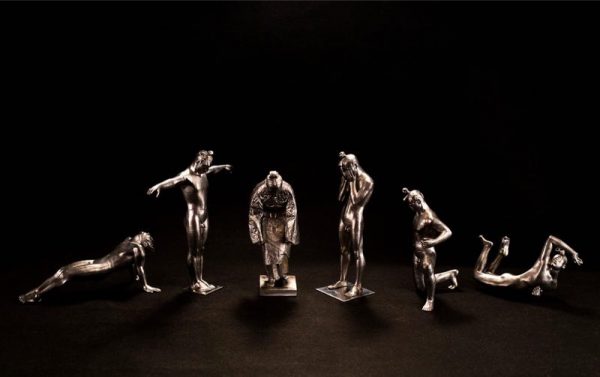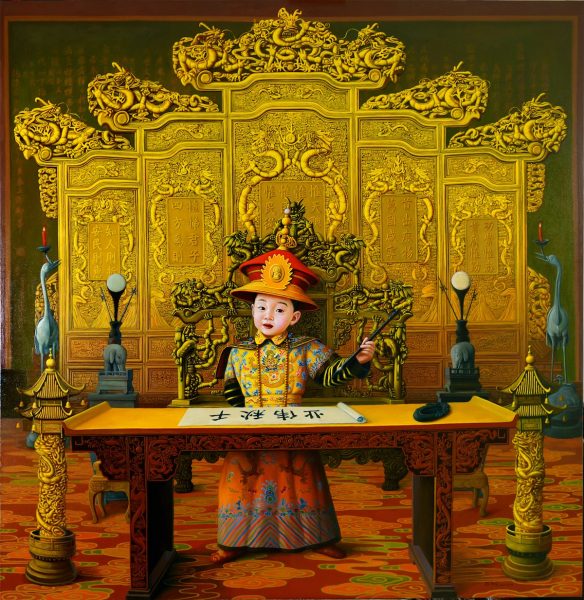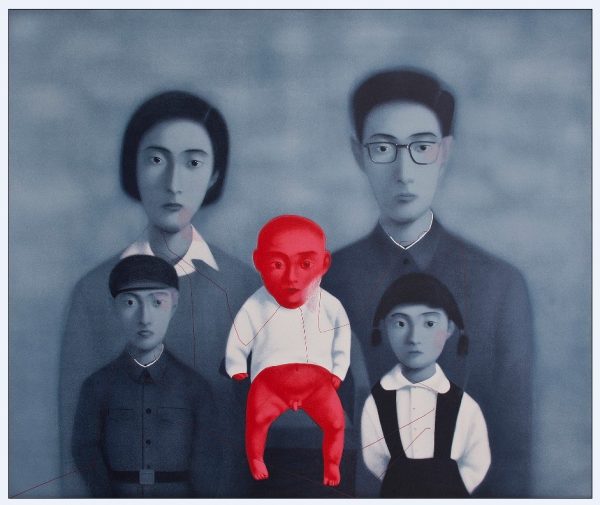China’s rising contingent of newly wealthy individuals is becoming increasingly educated about art and taking a pragmatic approach when it comes to auction buys, viewing Chinese art as an asset class.

This trend has already taken root. Because China’s wealthy value hard assets as a major source of investment, these new Chinese collectors have been flooding into the auction market and pushing up prices on everything from Chinese antiques to jadeite jewelry as well as classical and contemporary art. China accounts for almost one fourth of all global art sales, making it the world’s second-largest art market.

As more Chinese collectors move into the Chinese contemporary market, the scarcity that ensues is also likely to cause works’ values to appreciate. The addition of even a few hundred collectors to the marketplace would mean that demand would outpace supply at a much higher rate. All tiers of the market are likely to see the effects 0f this, with works in the highest estimates setting new world records, and those in the low millions climbing into the double-digit range, thus creating numbers more parallel with those for Western works.

Chinese contemporary art’s cultural clout has also been on the rise, making breakthroughs in major global art shows in the past year. The Metropolitan Museum of Art’s Ink Art exhibit is museum’s first-ever Chinese contemporary show in its history, while the New York Armory Show’s Focus: China section highlighted the category as well.

